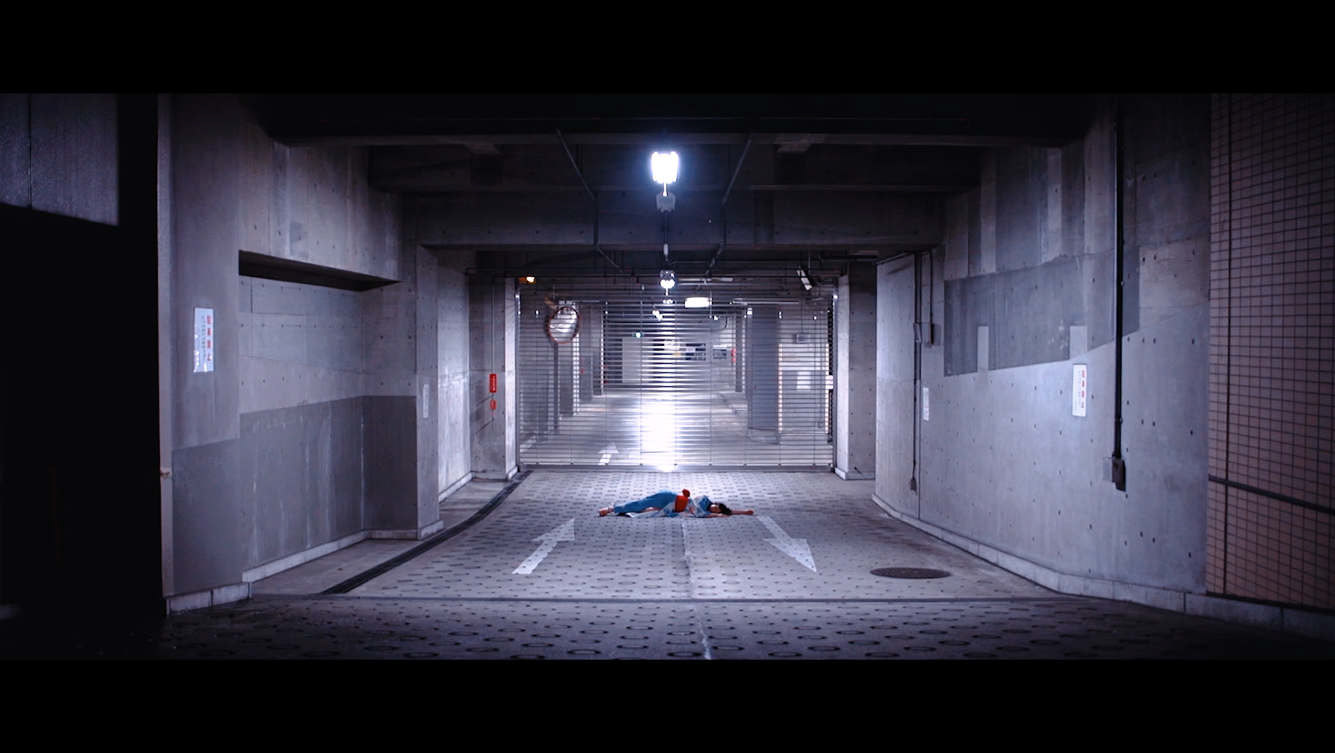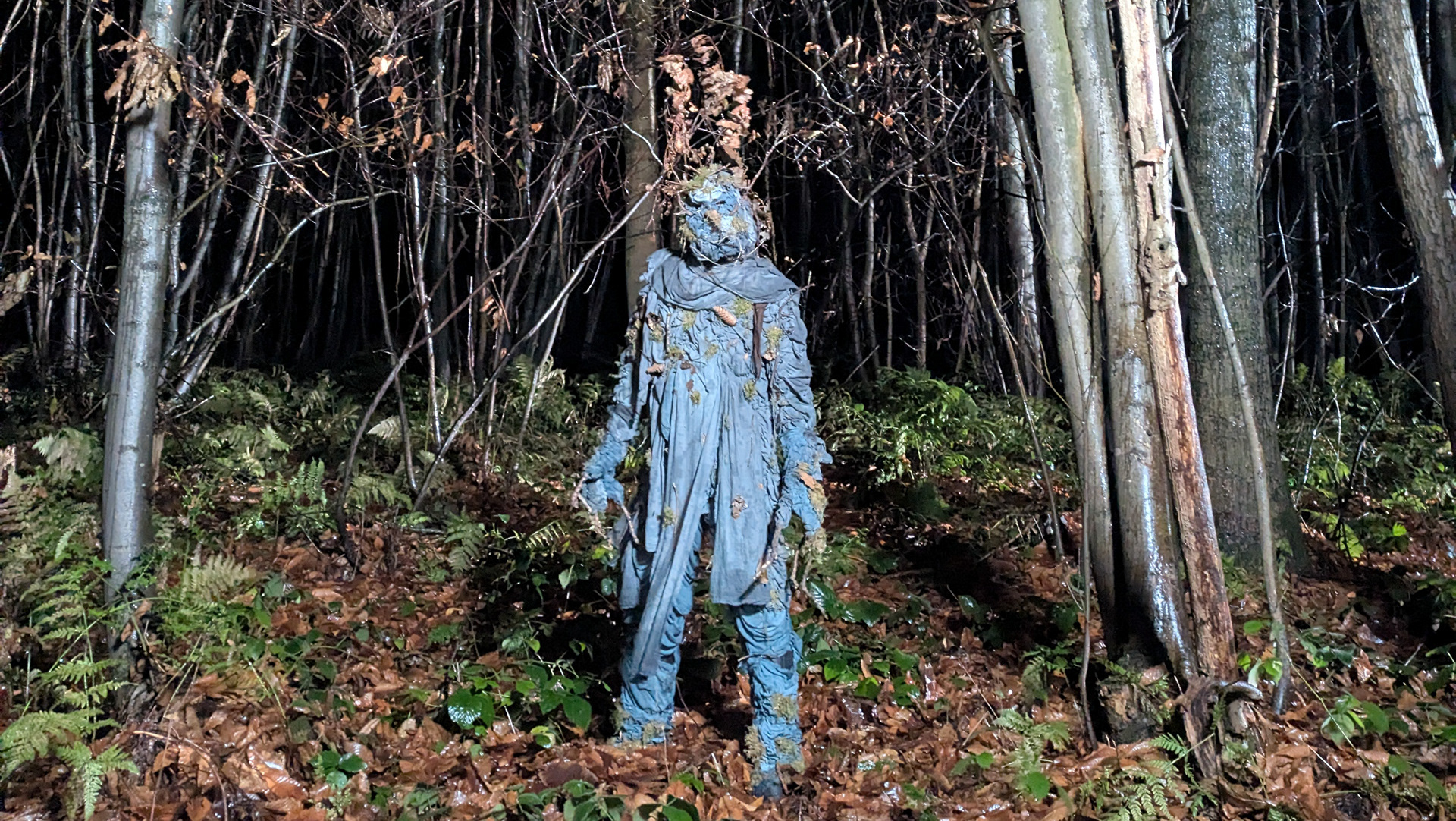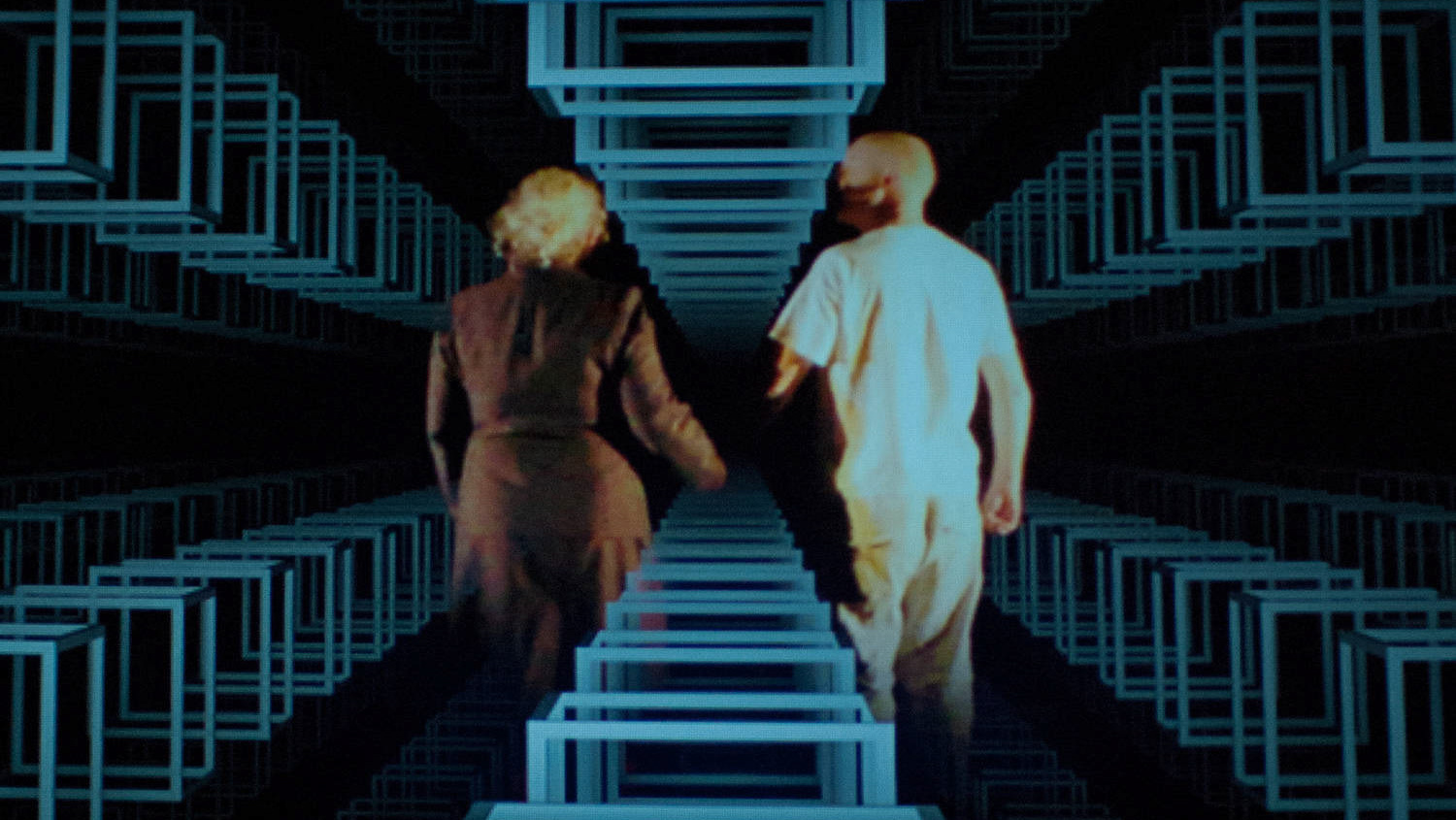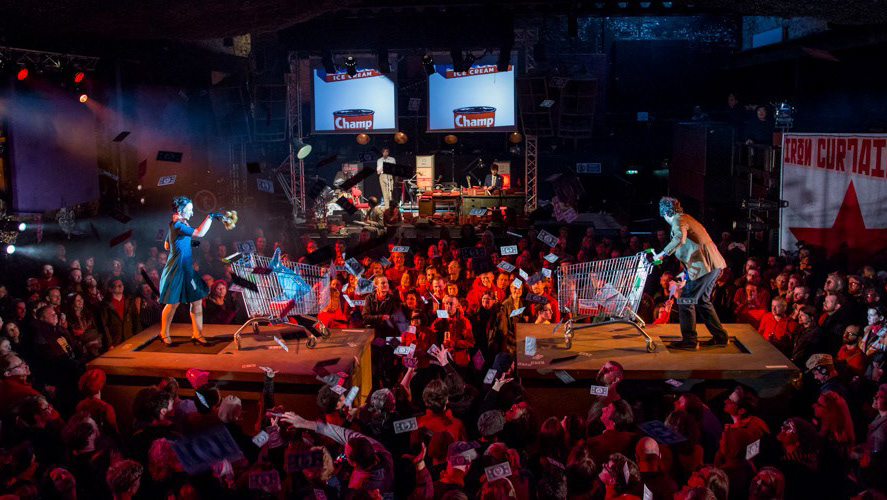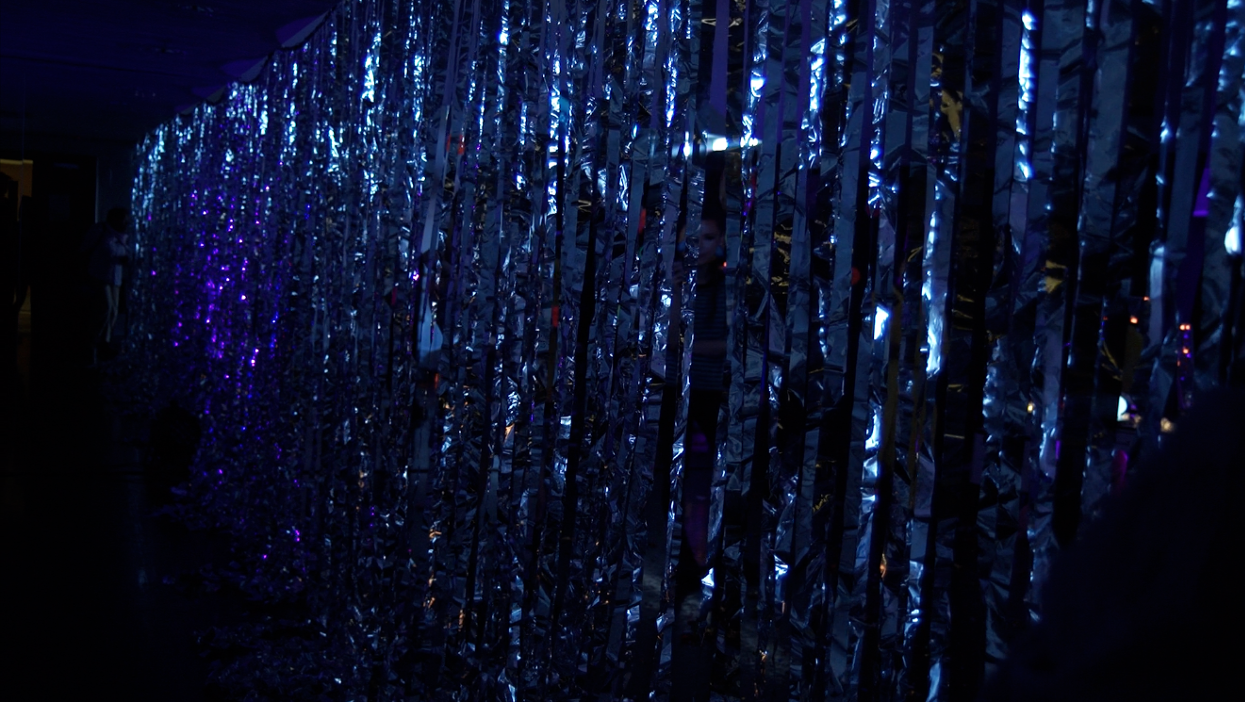Ocean Liners: Speed & Style at the Victoria & Albert Museum exhibition, explores the romantic and remarkable age of ocean travel.
The golden age of ocean liners is inextricably linked with the key decorative trends of the 20th century Art Nouveau, Art Deco, and Modernism. This lavish visual display explores the technical, aesthetic, cultural, and political factors that came together to define such an iconic mode of travel, considering all aspects of the ocean liner experience, from the striking marketing images, aspirational booking offices, and landmark headquarters of the major shipping companies to the ships opulent interiors and triumphs of engineering. The fashions required for a crossing are also explored, along with the evolution of the ships social and public spaces, as once-rigid class structures and attitudes became relaxed.
Experience a unique journey through the design stories of the world's greatest ocean liners, including the Titanic, Normandie, the Queen Mary and the Canberra and discover how these impressive vessels still loom large in our cultural imagination.
The golden age of ocean liners is inextricably linked with the key decorative trends of the 20th century Art Nouveau, Art Deco, and Modernism. This lavish visual display explores the technical, aesthetic, cultural, and political factors that came together to define such an iconic mode of travel, considering all aspects of the ocean liner experience, from the striking marketing images, aspirational booking offices, and landmark headquarters of the major shipping companies to the ships opulent interiors and triumphs of engineering. The fashions required for a crossing are also explored, along with the evolution of the ships social and public spaces, as once-rigid class structures and attitudes became relaxed.
Experience a unique journey through the design stories of the world's greatest ocean liners, including the Titanic, Normandie, the Queen Mary and the Canberra and discover how these impressive vessels still loom large in our cultural imagination.
Film and multimedia installations were incorporated throughout the exhibition. Highlights include a wall-to-wall, panoramic view of the mid-Atlantic Ocean, complete with passing computer generated imagery (CGI) ships, and the “Grande Descente” – a black and white multimedia installation that depicts actors dressed for dinner descending a grand staircase, and uses time-lapse and image layering to create a repeating pattern.
There is a wooden panel fragment from the first-class lounge on the Titanic. It was later found floating on the surface of the Atlantic Ocean, it is the largest remaining fragment from the ship after it sank on April 14, 1912. Surrounded by a projection that mirrors the lapping waves of the ocean, the ornately decorated panel fragment is symbolic of the glamour of the ocean liner, as well as its ultimate demise.
As Video Animator, I made parts of the video installations by filming, editing in Premiere Pro, animating in After Effects and artworking in Photoshop.


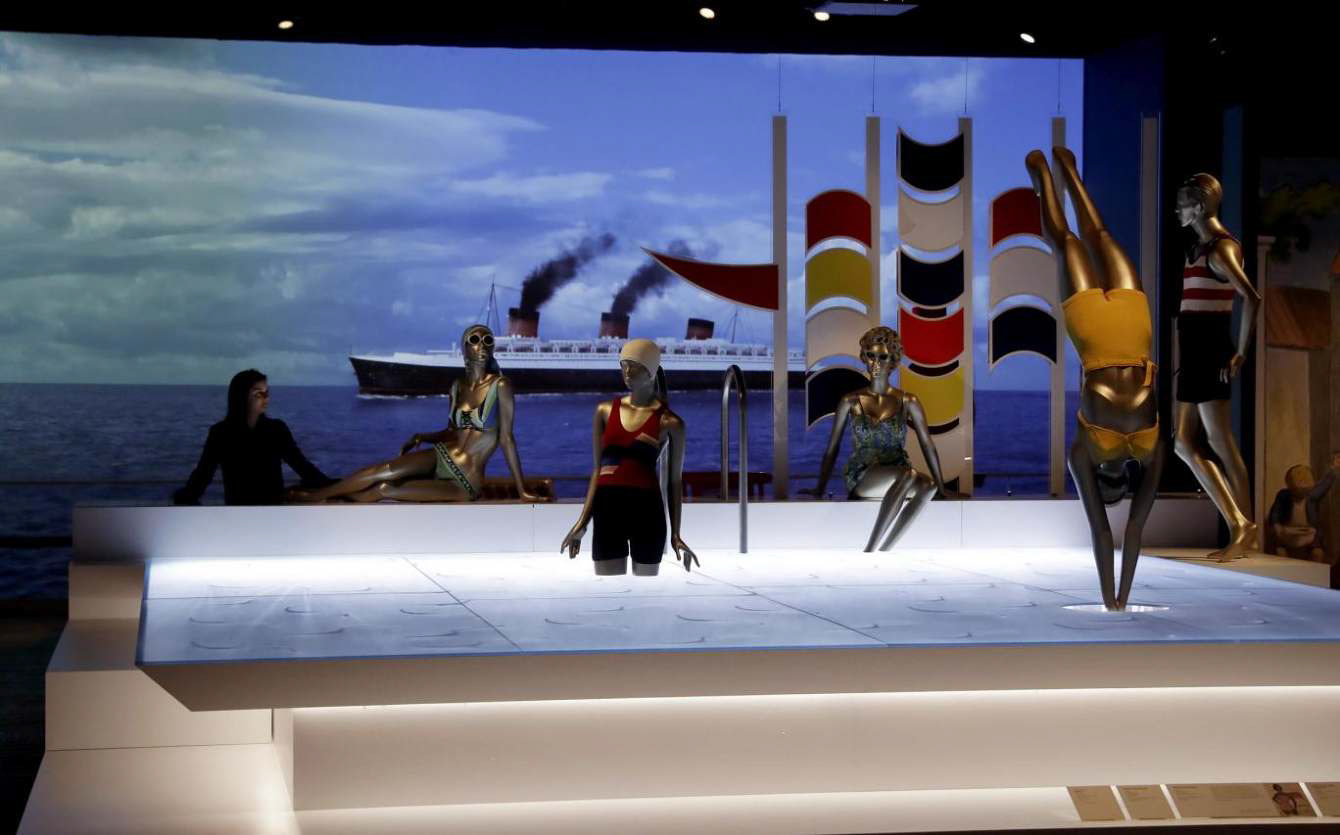



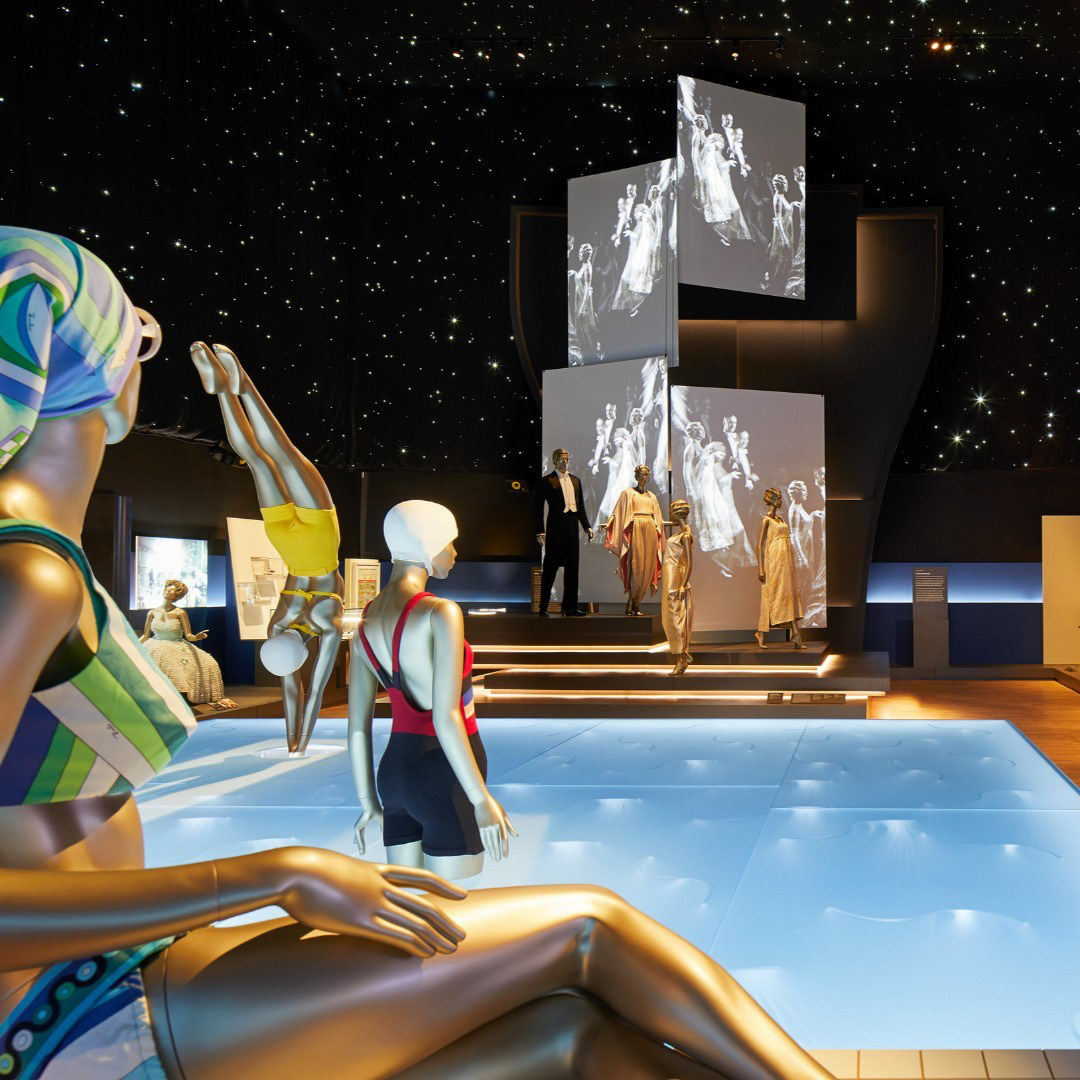
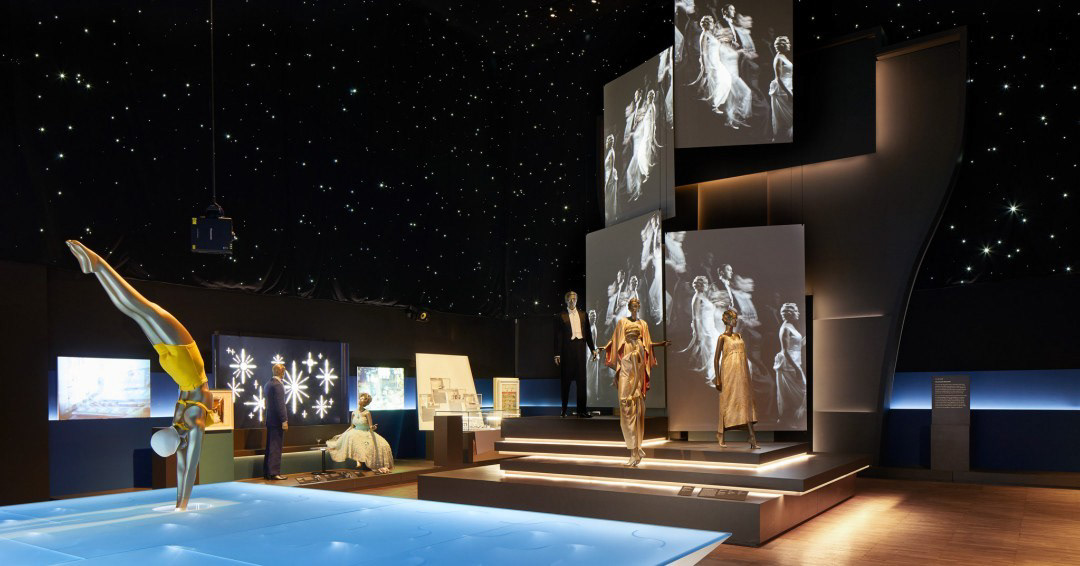



Exhibition design: Casson Mann
Design studio: Lightmap
Design: Netia Jones
Video Animator: Moira Lam
IMAGES: Victoria and Albert Museum, John Parrot, Getty Images, Stocktrek Images & Moira Lam





